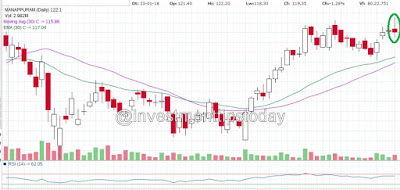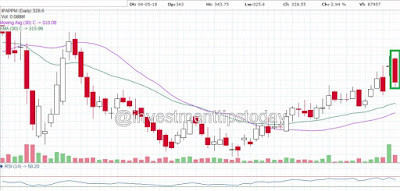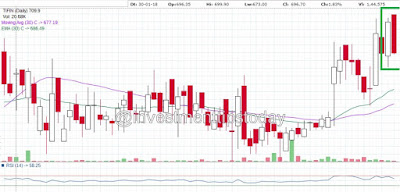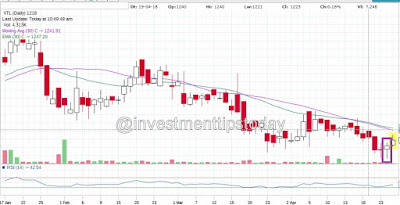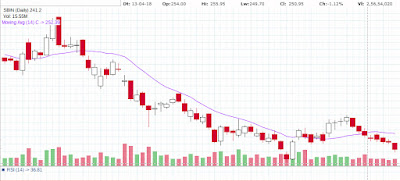The rate of interest depends on the amount you want to deposits, the tenure of deposits and type of depositor you are.
• Banks in India offer a higher interest rate on fixed deposits to the senior citizens.
• The rate of interest also depends on the tenure. Banks offer higher interest rates to the long-term depositors whereas lower interest rates to the short term depositors.
• Banks also offer lower interest rates to the bulk depositors who deposit more than 1 crore and highest interest rate to the depositors who invest less than 1 crore.
• The period of a fixed deposit may vary from as short as 1 day to 10 years.
• Fixed deposits can be opened by all residents in India, including minors and HUFs
• 2 nominees are allowed per account.
• You can’t withdraw your money unless you tenure period matured. But you can withdraw your money if you need for emergency purposes by paying penalty.
• You are also allowed to take a loan to the extent 75% to 95% of your fixed deposited amount which varies from one lender to another.
• Fixed deposits are entitled to TDS if they get an interest of more than Rs.10,000 in a year.
• Fixed deposit schemes also provide tax relief to the depositors. You can choose for tax saving fixed deposits and invest up to 1.5 lakhs to save your income tax.
What is a fixed deposit?
When a depositor invests lump sum money into a bank for a fixed tenure at a fixed rate of interest is called fixed deposit. Money is invested only once at the time of fixed deposit account opening. At the time of maturity, the interest rate is calculated on the principal amount invested and the total invested money plus interest is paid back to the depositor cumulatively. Fixed deposit schemes always provide a higher return than the regular savings bank account. Fixed deposits are also known as term deposits.
Who should invest in fixed deposits?
If you don’t want to take a risk by investing money in shares or mutual funds than fixed deposit option is ideal for you. A fixed deposit ensures capital protection as well as a uniform flow of income.
Fixed Deposit interest rate calculator:
A = P * (1+ r/n) ^ n*t
I = A – P
A = Maturity value
P = Principal amount
r = rate of interest
t = Number of years
n = Compounded interest frequency
I = Interest earned the amount
Main advantages of Fixed Deposit:
• Offers guaranteed returns:
Fixed deposits schemes offer guaranteed return. The main reason behind this, it doesn’t get affected due to market fluctuation. Fixed deposits are low-risk investments they offer a much healthier rate of interest than savings accounts.
• Fixed Rate of Interest
Fixed deposits schemes offer a fixed rate of interest. The rate of interest for the period that your investment is locked in remains fixed, regardless of any changes or notifications. Your investment remains fixed at the same rate that you have invested, even though the rate of interest can be revised on a yearly basis.
• Source of Emergency Funds
Fixed deposits can be withdrawn, anytime even in between the term period because of the liquidity. It is beneficial to use in emergencies, you can also borrow money against your fixed deposit, and banks allow loans of up to 90% of the amount deposited.
• Tax Benefit
Now investors can avail tax benefits on their fixed deposits. As per the current budget, the senior citizens now get more deductions on Fixed Deposits interest earnings. It was tax-free only up to Rs. 10,000 earlier but now it has been raised to Rs.50,000. For a company, the return of the fixed deposit is tax-free up to Rs. 5,000 a year.
Few disadvantages are also there in fixed deposits:
• Low Return
Fixed deposit return seems very low as it is more secure than the other investment schemes. As we all know “high-risk high return and low-risk low return” it follows the same rule. It affects mainly due to inflation if the inflation is very high fixed deposit investors are the worst hit as the return from fixed deposit may not be enough to cover the high costs due to inflation.
• No Diversification
Investors don’t enjoy the benefits of diversification if he or she invests his/her money into fixed deposits. One can get a higher return if he or she invests their money into various investment schemes like the stock market, mutual funds, bonds, gold or in any other alternative investment schemes.
Now Interest rates of different banks:
|
Bank
|
FD Tenure
|
Interest Rates (%)
|
|
|
|
|
Regular Citizens
|
Senior Citizens
|
|
State Bank of India
|
7 to 10 Years
|
5.75 to 6.75
|
6.25 to 7.25
|
|
HDFC
|
7 to 10 Years
|
3.50 to 6.00
|
4.00 to 6.50
|
|
ICICI
|
7 to 10 Years
|
4.00 to 6.75
|
4.50 to 7.25
|
|
Bank of Baroda
|
7 to 10 Years
|
4.25 to 6.70
|
4.75 to 7.20
|
|
Axis Bank
|
7 to 10 Years
|
3.50 to 7.40
|
3.50 to 8.05
|
|
IDFC
|
7 to 10 Years
|
4.00 to 7.75
|
4.50 to 8.75
|
|
Bank of India
|
7 to 10 Years
|
5.25 to 6.50
|
5.25 to 7.00
|
|
Canara Bank
|
7 to 10 Years
|
4.20 to 7.00
|
4.70 to 7.50
|
|
Central Bank of India
|
7 to 10 Years
|
4.75 to 6.60
|
5.25 to 7.00
|
|
Dena Bank
|
7 to 10 Years
|
4.00 to 6.60
|
4.00 to 7.10
|
|
United Bank of India
|
7 to 10 Years
|
4.00 to 6.10
|
4.00 to 6.50
|
|
Bandhan Bank
|
7 to 10 Years
|
3.50 to 7.40
|
4.25 to 8.15
|
|
Karur Vysya Bank
|
7 to 10 Years
|
5.00 to 7.00
|
5.00 to 7.50
|
|
LIC Housing Finance
|
7 to 10 Years
|
7.30 to 7.45
|
7.55 to 7.70
|
|
Syndicate Bank
|
7 to 10 Years
|
4.75 to 6.80
|
5.25 to 7.30
|
|
RBL
|
7 to 10 Years
|
5.00 to 7.35
|
5.50 to 7.85
|
|
Corporation Bank
|
7 to 10 Years
|
4.50 to 6.80
|
to 7.30
|
|
Kotak
|
7 to 10 Years
|
3.50 to 7.20
|
4.00 to 7.70
|
|
IDFC
|
7 to 10 Years
|
4.00 to 7.75
|
4.50 to 8.75
|
|
Citi Bank
|
7 to 10 Years
|
3.00 to 6.50
|
to 7.00
|
|
Federal Bank
|
7 to 10 Years
|
3.50 to 7.30
|
4.00 to 7.80
|
|
HSBC
|
7 to 10 Years
|
3.00 to 6.25
|
3.50 to 6.75
|
|
Standard Chartered Bank
|
7 to 10 Years
|
4.25 to 7.25
|
5.00 to 7.75
|
|
Yes Bank
|
7 to 10 Years
|
5.00 to 7.10
|
5.50 to 7.60
|
